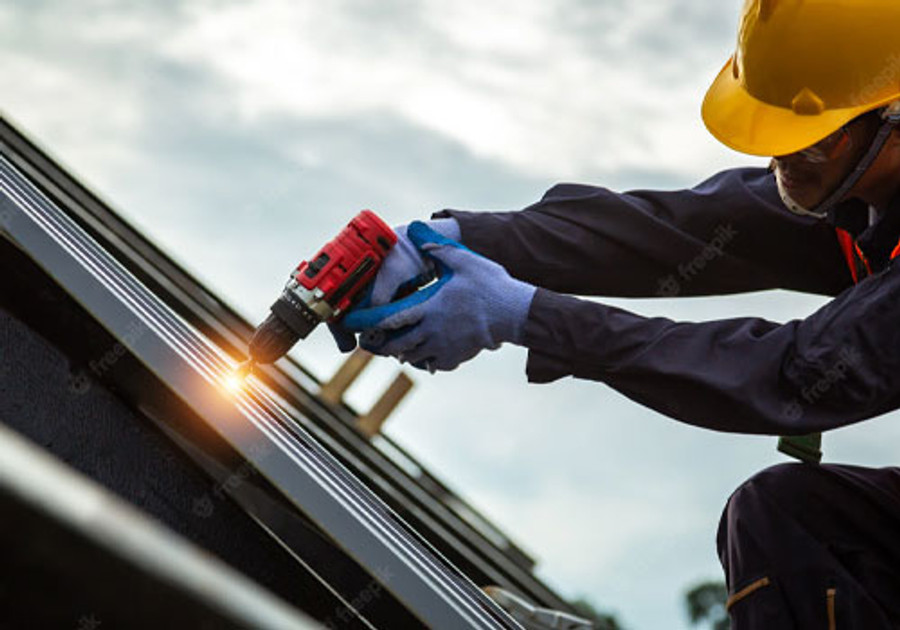5 Critical Safety Precautions When Working at Heights
Posted by Howie Scarboro - CEO Fall Protection Distributors, LLC on May 4th 2020
One of the leading causes of injury or death in construction projects is falling, specifically from a significant height. These accidents, while gravely serious, are easy to avoid with some foresight and the use of practical safety precautions.
In this article, we’ll go over a safety checklist of five points you need to remember whenever working from heights. These important reminders will greatly lessen the risk of falling and may potentially save lives. Let’s get started.
1. Use the required safety gear
When it comes to preventing falls at work sites, a personal safety harness would be the first piece of gear that comes to mind. It’s what keeps workers securely in place at all times. However, these harnesses are not the only safety devices needed. Workers should be equipped with the appropriate shoes to prevent slips, and the right eye protection to ensure that they can constantly see what they’re stepping on. Helmets should also be worn by all workers, especially since falling objects can also pose a serious problem.
2. Implement other safety measures
Fall protection systems are effective in preventing accidents if used correctly. Since falling from two stories up can lead to critical injury, these systems are essential to all work-at-height projects regardless of how tall the construction is. Also, remember to perform thorough and regular inspections of these safety measures so that you can keep your workers safe.
3. Ensure proper training
The importance of comprehensive training cannot be stressed enough. Just because you have all the right safeguards in place doesn’t necessarily mean that your workers have any idea on how to use them or what they even do. Proper training will also entail that workers know how to use their equipment the right way, whether it be ladders, scaffolding, or the safety gear that we discussed earlier.
4. Avoid working in bad weather conditions
Heavy rain and snow can make roofs and other surfaces extremely dangerous to work on. It’s best to halt construction during times when the weather is not conducive to work. However, even a light drizzle can put your workers in peril, so you may want to consider waiting for clearer skies before working at heights.
5. Work within a group or buddy system
Another way to prevent accidents is to ensure that no worker is allowed to perform their job alone. This way, you can guarantee that every person on site has their coworkers to help them spot any hazards in their surroundings, as well as offer immediate aid when accidents do occur.
Final Words
Keep these safety precautions in mind whenever a construction project entails working at heights. Some parts of this checklist are actually mandated by law, so it’s best that you comply.
Also, make sure to source your safety gear and other devices from reputable suppliers. This way, you can be certain that the products you purchase are functional and of the highest quality. We at Fall Protection Distributors specialize in this type of equipment, so there’s no excuse not to seek out their services.

